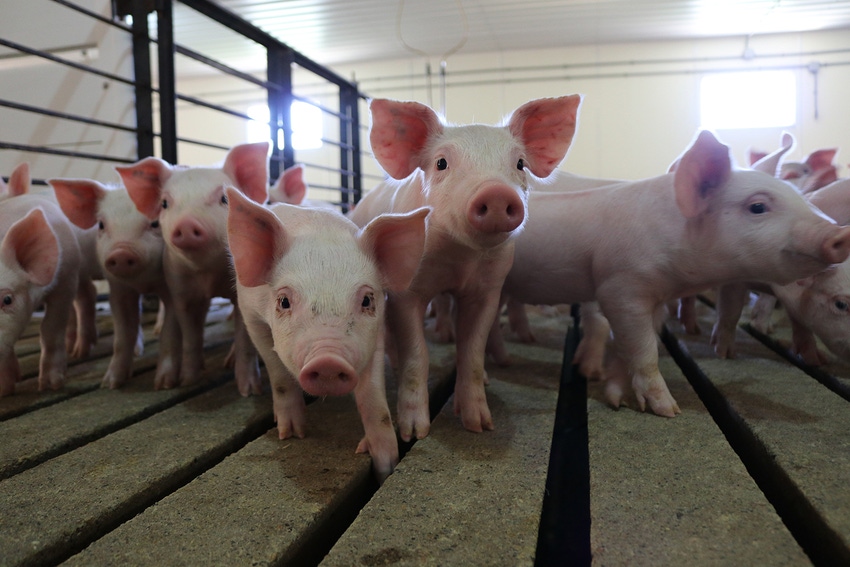Vaccines decrease risk of influenza virus reassortment in pigs
UMN CVM team used computer modeling to compare pigs that were vaccinated, boosted against influenza A to those who had been vaccinated once or not at all.
September 28, 2022

A decade before COVID-19 swept the globe, experts were tracking another pandemic. In the course of one year, the H1N1 flu pandemic infected nearly 61 million people in the United States alone. It swept through nursing homes, schools and college dormitories and left more than 12,000 people dead.
This version of the virus, which originated in pigs, wasn't something scientists had seen before. It was a new variant that was the result of a triple reassortment of bird, swine and human flu viruses. All influenza viruses are made up of eight gene segments, which can be rearranged if multiple strains of the virus infect a single cell, a phenomenon called reassortment.
According to Montserrat Torremorell, interim chair of the University of Minnesota College of Veterinary Medicine Department of Veterinary Population Medicine, "this does have the potential to happen often."
"That's what happened in 2009, and we are very concerned about that possibility," she says.
Torremorell is part of a team of researchers from the UMN CVM that have been studying how vaccination can reduce swine influenza A reassortment in pigs. The new research was published Sept. 2 in the journal eLife.
Curtailing coinfection
Influenza viruses are highly adaptable and mutate quite easily. This trait makes preventing reassortment particularly important. Reducing the chances an influenza virus gets to swap genes with other strains would significantly lower the risk of new strains developing and infecting other species, including humans.
While swine influenza viruses do sometimes infect people, experts believe most transmission between humans and pigs happens the other way around—jumping from people to pigs.
The virus is also one of the biggest threats to the swine industry, whether or not the virus infects humans.
In the new study, Torremorell, along with VPM postdoc associate Chong Li, VPM professors Marie R. Culhane and Maxim C. Cheeran, and VPM associate professor Declan Schroeder, used computer modeling to compare pigs that were vaccinated and boosted against influenza A to those who had been vaccinated just once or not at all.
Previous research found that most reassorted viruses were found in the lungs, so the simulation used real data from lung tissue taken from infected pigs coinfected with H1N1 and H3N2, another strain of influenza A. This allowed the team to understand how vaccination impacted the virus' ability to swap genes.
Even though breakthrough infections are common among vaccinated pigs, the new study found that vaccinated pigs had fewer days in which they were coinfected with the two different viruses, since their immune systems were able to recognize the viruses and keep viral load low.
"With the vaccination, the viruses cannot multiply as much, which shortens infection time and gives them less time to come up with new variants," Torremorell says.
For this reason, the vaccinated pigs had fewer reassorted viruses in their lung tissue even though they were coinfected with two strains of influenza A.
Informing farming practices
The new information could inform best practices in farming and lead to a better approach to One Health.
Today, farmers regularly vaccinate sows at least twice a year, and with vaccines that are tailored to match circulating strains of the influenza virus. The mothers then pass immunity onto their young. But it isn't common to vaccinate growing pigs.
Understanding how vaccination affects the evolution of influenza A viruses in pigs could help prevent flu outbreaks in pig farms as well as the potential that those viruses will infect humans.
"It's another piece of information about the benefits of using vaccines in pigs," Torremorell says.
Source: University of Minnesota College of Veterinary Medicine, which is solely responsible for the information provided, and wholly owns the information. Informa Business Media and all its subsidiaries are not responsible for any of the content contained in this information asset.
You May Also Like



